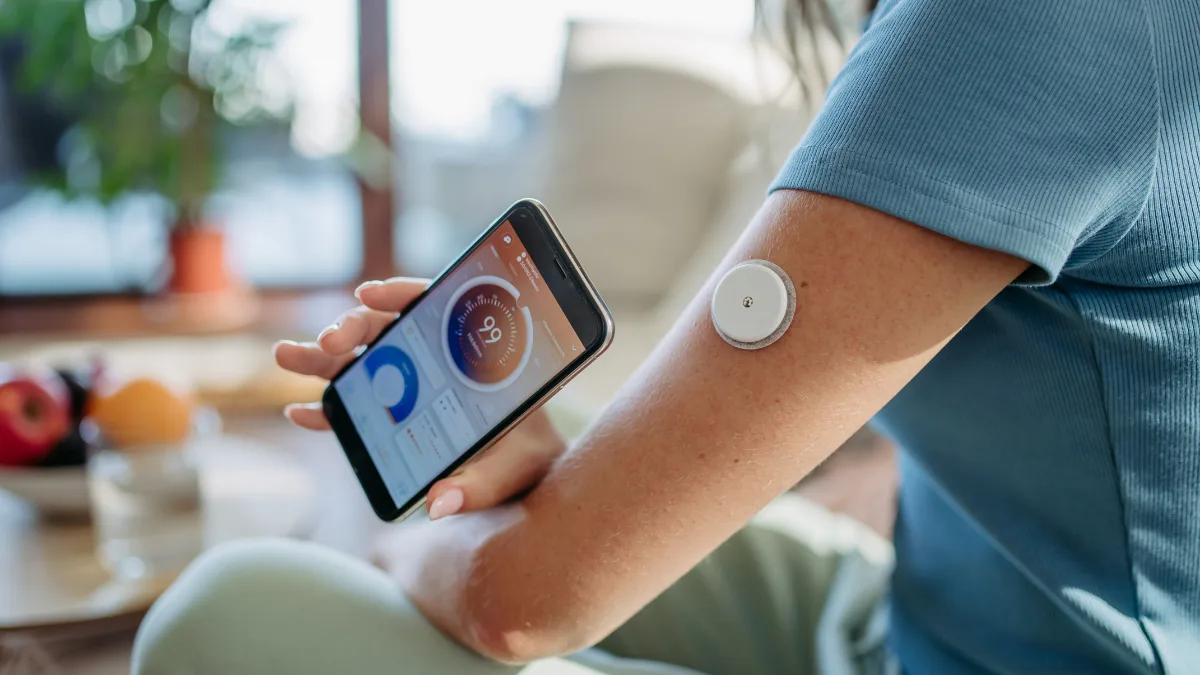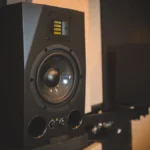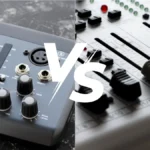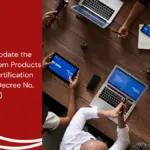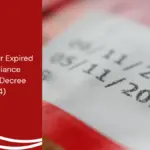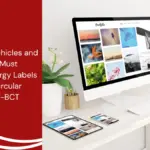Technology has penetrated various industrial sectors, one of which is health. A Continuous Glucose Monitoring (CGM) is a medical device with Short Range Device (SRD) technology that can help test blood sugar levels can be an important part of maintaining health.
Are you familiar with the continuous glucose monitoring? This article will review the technology from the definition, how it works, its benefits, and its regulation in Indonesia.
Table of Contents
What is a Continuous Glucose Monitoring?
A continuous glucose monitoring is a medical device used to measure glucose levels in the blood. It is commonly used by diabetics to monitor blood sugar levels regularly.
Also Read
It measures glucose levels in the interstitial fluid just under your skin 24 hours a day while you wear the device.
How Continuous Glucose Monitoring Works
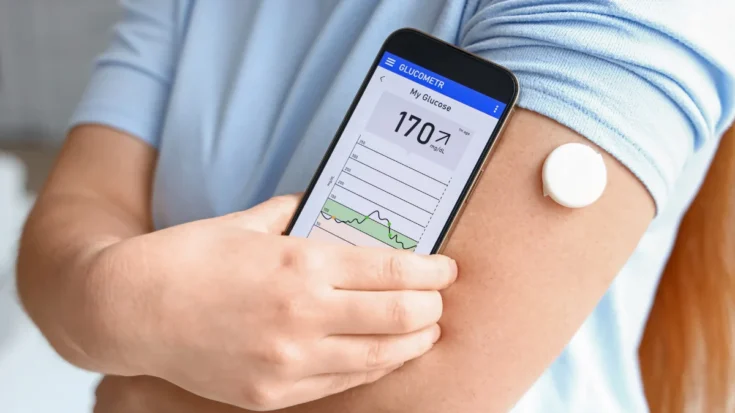
As reported from various sources, here are how the continuous glucose monitoring works
- Sensor placement: A small sensor is placed under the surface of the skin, generally in the abdomen or arm area.
- Measurement of glucose levels: The sensor detects the level of glucose contained in the intercellular fluid.
- Transmission of glucose data: The information collected by the sensor is transmitted via a transmitter to an app on a smartphone, insulin pump, or other receiving device.
- Data display on the app: The app then displays your glucose levels in real time.
Benefits of Continuous Glucose Monitoring
The continuous glucose monitoring device helps people with diabetes to better understand. As reported from various sources, here are the benefits of CGM:
- How diabetes medication works
- The effect of certain types of food
- The impact of physical activity
- The effect of stress on sugar levels
- Daily activities
- Various other factors that affect daily blood sugar fluctuations
The Advantages of Continuous Glucose Monitoring
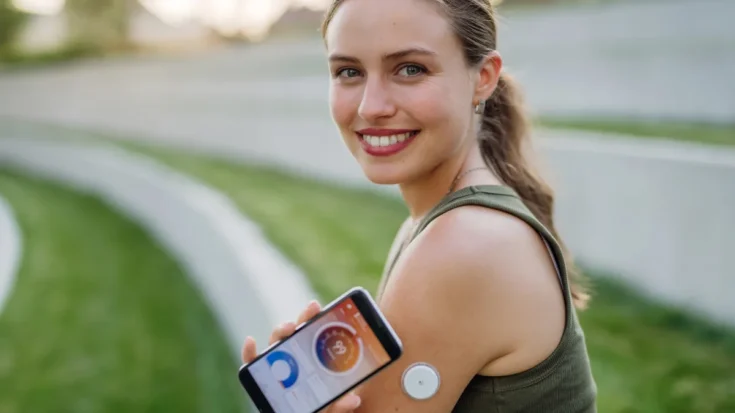
As reported from various sources, here are the advantages of a continuous glucose monitoring that can help you:
- Allows you to monitor sugar levels throughout the day and night
- Gives you an idea of your sugar levels even outside of routine test times
- Allows you to know when your sugar levels start to rise or fall
- Reduces the need for regular finger prick tests
- Helps improve control of HbA1c levels by adjusting insulin doses more precisely
The Features of Continuous Glucose Monitoring
Here are the features of the technology that can help you:
- Ability to set notifications if glucose levels are too high or low
- Provides the option of logging food, exercise, and medication consumption directly from the device
- Allows data transfer to a computer or mobile phone to monitor glucose levels more conveniently
Continuous Glucose Monitoring Regulations in Indonesia
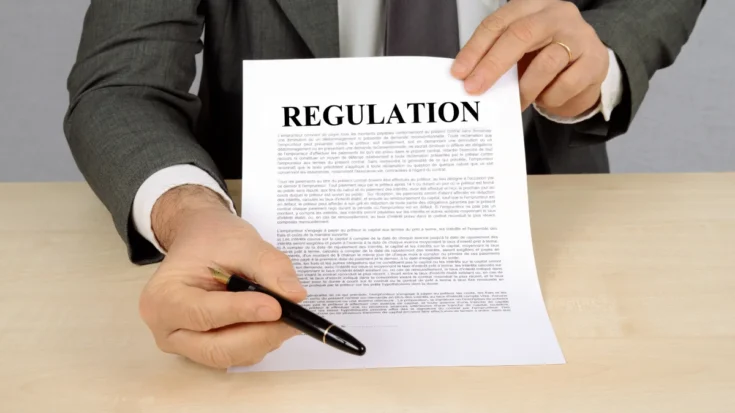
Continuous glucose monitoring use communication technologies such as SRD that operate within a specific frequency spectrum. In Indonesia, any SRD-based wireless device is required to have DJID (Directorate General of Digital Infrastructure) under the Ministry of Communication and Digital (KOMDIGI).
This is based on KEPMEN No. 260 Tahun 2024, which requires all radio frequency-based devices, including continuous glucose monitoring, to meet specific technical standards before being sold in the country.
The certification ensures that the product meets government safety and quality regulations and does not interfere with other communication devices. The certification process involves technical testing, such as frequency adjustments, safety checks, and compatibility with the surrounding environment.
Once the tests are completed, products that pass are listed in a Test Result Report, which confirms that the product is safe and ready for sale in Indonesia. This report reassures customers that the product meets technical standards and is secure.
For companies wanting to sell continuous glucose monitoring in Indonesia, Type Approval Certification Services for ICT Products are available to assist with this process. This service includes preparing technical and legal documents, conducting required testing, ensuring compliance with regulations, helping companies streamline the certification process, and giving consumers confidence in certified products.

